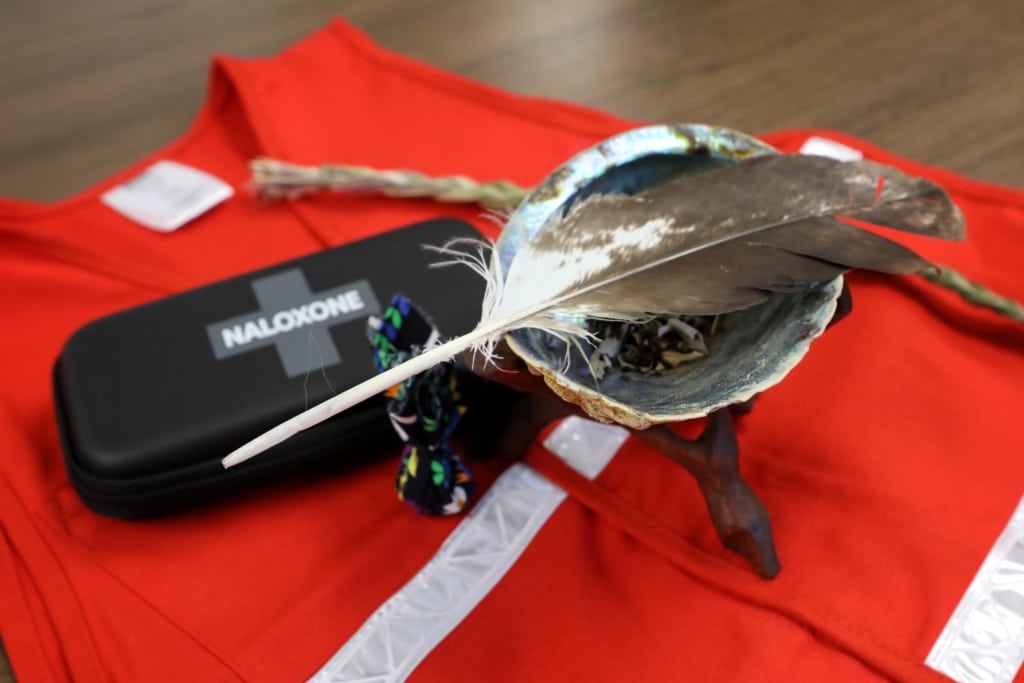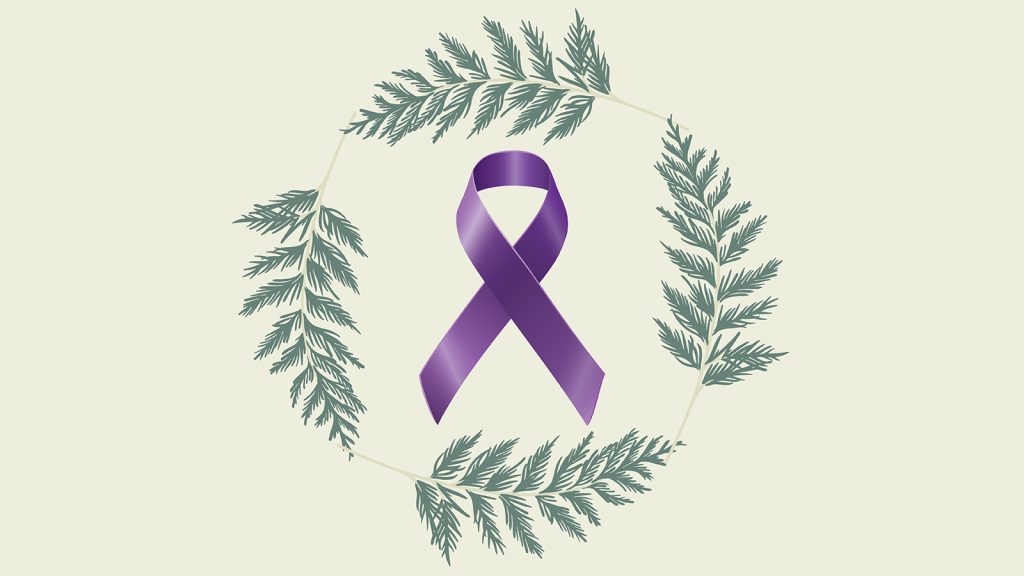Introduction
Harm reduction is a powerful framework that prioritizes the well-being, dignity, and autonomy of individuals facing substance use and other health challenges. In Native communities, harm reduction takes on a unique and profound role, intertwined with cultural resilience, historical trauma, and a commitment to holistic healing. By embracing harm reduction strategies, Native communities can address substance use while honoring traditional values and fostering communal strength.

Understanding Harm Reduction
Harm reduction is a public health philosophy that acknowledges the complexities of substance use and seeks to minimize its negative consequences rather than solely focusing on abstinence. This approach emphasizes nonjudgmental support, access to resources, and the empowerment of individuals to make informed choices. Examples of harm reduction practices include:
- Providing clean syringes to reduce the spread of infectious diseases.
- Distributing naloxone to reverse opioid overdoses.
- Offering safe spaces and culturally informed care for those in need.
In Native communities, harm reduction aligns with the principles of compassion, respect, and collective care that are deeply rooted in Indigenous traditions.
The Importance of Culturally Grounded Approaches
Native communities often face disproportionate challenges due to historical trauma, systemic inequities, and ongoing marginalization. Substance use and related health disparities can stem from these deeply entrenched issues. Harm reduction strategies tailored to Native communities must:
- Center Indigenous Knowledge: Incorporating traditional healing practices, such as talking circles, sweat lodges, and the guidance of elders, can complement harm reduction efforts.
- Build Trust Through Community Involvement: Community-led initiatives ensure that harm reduction programs resonate with local values and priorities.
- Acknowledge Historical Trauma: Addressing the root causes of substance use—such as the lasting impacts of colonization and cultural disconnection—is vital to creating lasting change.
Harm Reduction in Action
Several Native communities have successfully implemented harm reduction programs that integrate cultural practices with evidence-based interventions. These programs often include:
- Mobile Health Units: Bringing harm reduction resources directly to remote or underserved areas.
- Educational Campaigns: Raising awareness about safe practices and the availability of resources in a culturally sensitive manner.
- Peer Support Networks: Empowering individuals with lived experience to guide and mentor others on their journey.
For example, programs offering naloxone training alongside traditional ceremonies have proven effective in both saving lives and fostering cultural renewal.
Breaking Stigma and Building Resilience
The stigma around substance use can be a significant barrier to seeking help. In Native communities, harm reduction initiatives must actively combat this stigma by promoting messages of acceptance and understanding. Normalizing discussions about substance use, celebrating small victories, and focusing on strengths rather than shortcomings are critical steps toward breaking down these barriers.
Harm reduction is not just about mitigating risks—it’s about creating pathways for healing and connection. By emphasizing the strengths of Native cultures and supporting individuals in their journeys, harm reduction initiatives can empower communities to reclaim their health and sovereignty.
Conclusion
Harm reduction offers a compassionate and pragmatic approach to addressing substance use in Native communities. By weaving together cultural traditions, community leadership, and evidence-based practices, harm reduction becomes a tool for healing and empowerment. Native communities have long been resilient in the face of adversity, and through harm reduction, they can continue to thrive while honoring their heritage and values.
Let’s envision a future where harm reduction is not just a policy but a practice that uplifts and strengthens the heart of every community. Together, we can make it happen.
Ray Hartt
Addictions & Treatment Specialist



